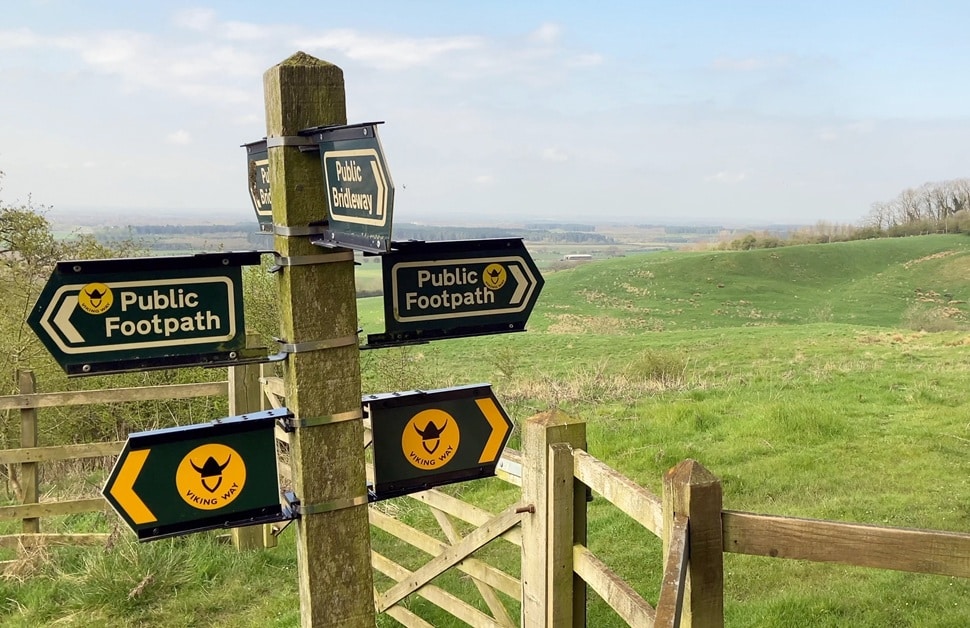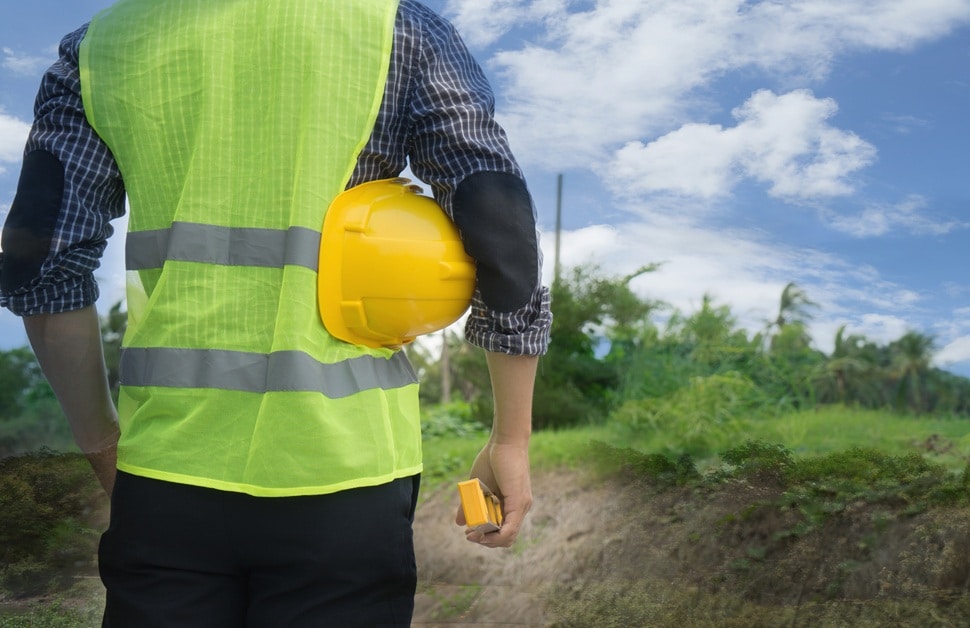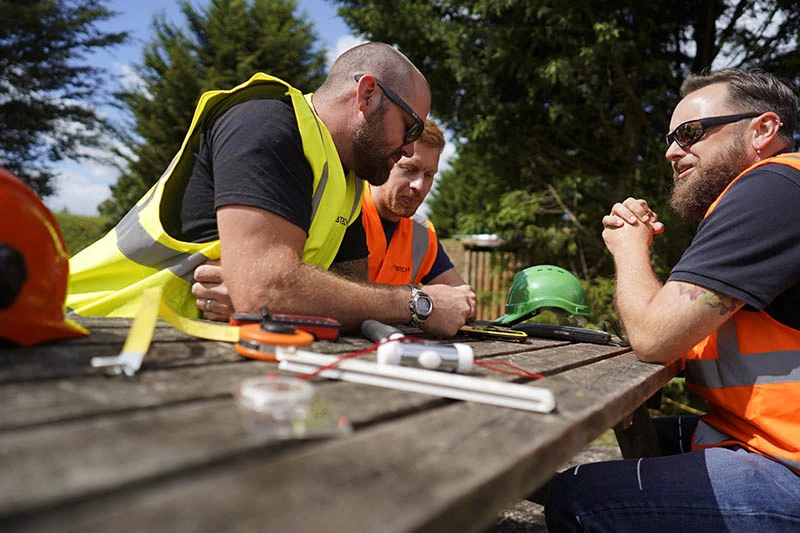
Visual Impact Assessments
A lot of different considerations play a part in a planned development, including concerns surrounding how a proposed project will look once it’s been completed.
For instance, the change to the surrounding landscape could lead to complaints from the general public, or the local planning authority could raise an objection to the development proposal if the plans are seen to affect the aesthetics of the area.
In the eyes of developers, addressing potential issues early is vital for securing planning consent and achieving sustainable development. It is possible to do this with the help of a visual impact assessment (VIA), guaranteeing that the planning process can be navigated smoothly without disrupting the location’s visual appearance.
What is a Visual Impact Assessment?
A visual impact assessment (VIA) is a type of study that measures how changes from a new development will affect people’s views and the visual appearance of an area.
Throughout an assessment, the human experience of the view is the focus. A land surveyor will identify visual receptors and viewpoints of the proposed change before analysing the quality of the existing view and the magnitude of the change. With that information, it will be possible to quantify the positive and negative impact on visual amenity.
Results from a VIA will be able to help developers understand a planning project’s influence on the visual landscape and the aesthetic appearance of the surrounding area. A report can then go on to help decision makers evaluate the impact on the visual quality of the built environment.
Using a VIA in Different Types of Surveys and Reports
In other services we offer, a visual impact assessment often appears as a contributing element.
More often than not, landscape surveys involve VIAs, especially whenever they consist of evaluating the effect on visual impacts. Despite that, a VIA actually falls under the category of being classed as a type of land survey.
For instance, a VIA will feature in a landscape and visual impact assessment (LVIA) for working out the visual effects in major developments like wind farms, wind turbines and power stations, in a landscape and visual appraisal (LVA) for working out the visual effects on smaller sites, in a landscape character assessment (LCA) for determining landscape character, and in a landscape capacity study for confirming the limits of how much and what type of changes can be initiated before visual quality is harmed. Likewise, a VIA is seen as an essential part of the environmental impact assessment process (EIA).
If you need a landscape and visual appraisal (LVA), landscape and visual impact assessment (LVIA), landscape character assessment (LCA), landscape capacity study, environmental impact assessment (EIA) or another type of survey for planning projects in rural or urban areas, our team can help to facilitate all of these services, and more.
Applying a Visual Impact Assessment to Planning
The importance of visual impact assessments goes as far as being embedded in law and planning policy, specifically within the framework of the Town and Country Planning Act 1990.
A robust VIA is an important factor in gaining approval in any significant planning project, such as in developments within or near conservation areas of National Parks. Outcomes from a VIA are something the local authority relies on as expert information to make fair and suitable decisions.
Visual Impact Assessment Methodology
Completing a VIA involves a systematic process to produce an objective report.
Our team has experienced surveyors for a variety of different tasks. In terms of our landscape professionals, we refer to an external sister company with a solid record for results that matches our own.
The work they do for visual impact assessments and similar services is undertaken based on authoritative guidance from the Landscape Institute.
Steps for Carrying Out a VIA
1. Scope and Baseline – establishing the geographical area of potential visibility known as the Zone of Theoretical Visibility (ZTV) before visiting and surveying the development site and the local vicinity to establish the visual amenity baseline, identifying key viewpoints and people.
2. Sensitivity Judgement – assessing the sensitivity of each viewpoint and receptor, from a highly sensitive public footpath of a park to a much less sensitive industrial estate car park.
3. Magnitude of Change – measuring the scale, distance and duration of the change introduced by the proposed project, including the size and design of new structures.
4. Assessment of Significance – combining the sensitivity of the receptor with the magnitude of the change to determine the overall significance of the visual effects.
Visual Impact Assessment Report
As with all of our services, a report will be assembled afterwards to detail the process we followed, explain our findings and offer expert advice for moving forward in a suitable manner. The only difference with a VIA is that the report will be created by one of the consultants at our partner company.
In the case of a visual impact assessment, important components include the baseline conditions, the effects on identified viewpoints, the significance of all effects, and specific recommendations for landscape decisions and mitigation measures to reduce any potential negative impacts.
Using the information in the VIA report, a defence to planning objections can be put forward to the local council, raising evidence that the visual implications of the plans have been fully considered and addressed.
Visual Impact Assessment Techniques
The land survey consultancy we refer to can only realistically provide an accurate and transparent investigation with the use of a range of specialist visual assessment techniques, such as:
- Viewpoint Photography: high-quality photographs taken from key receptor locations
- Wireframes and Photomontages: digital visualisations that overlay the plans onto the existing views to demonstrate the expected height and scale
- Zone of Theoretical Visibility (ZTV) Maps: digital terrain models that calculate where the development will likely be seen from
- Glint and Glare Analysis: studies for gauging the hazard and nuisance caused by sunlight reflecting off a new structure
Visual Impact Assessment Guidelines
As we touched on earlier, for land survey services to be effective and the results to be trustworthy, the consultants we work with need to follow the guidance of relevant organisations and regulators, as well as any corresponding planning policies and laws.
The primary source for VIAs is the Guidelines for Landscape and Visual Impact Assessment, 3rd Edition (GLVIA3) from a combination of the Landscape Institute and the Institute of Environmental Management and Assessment (IEMA).
Following professional instructions and updates means that their results and recommendations are methodologically sound, transparent and defensible throughout the entire development process.

Organise a VIA for Your Proposed Development
Under the guidance of our partner company, you can manage both landscape and visual effects right from the start of your planning project. They can answer common questions about the impact of a development on the current character of the landscape and remove any obstacles that stand between you and a successful application for planning consent.
Below, we talk more about what makes Arbtech the best option for a referal to a specialist in undertaking a visual impact assessment, speaking about their consultants, the quoting process, and methods of getting in touch with our team:
Who Are Our Visual Impact Assessment Consultants?
The consultants in our partner company’s team are expert professionals dedicated to arboriculture, ecology and landscape planning, with deep practical experience in assessing the impact of development across potentially vast and diverse settings.
Based on their knowledge and application of VIAs and other relevant areas, they can quickly understand the sensitivities of the existing landscape character on your site before going on to produce a report that supports your goals.
From carrying out an assessment to helping you with insightful landscape design, their team is capable of being involved through every step of the way, helped by their widespread disciplines across a seemingly endless selection of different areas and development types.
How Much is a Visual Impact Assessment Quote?
As no two sites are the same, the cost of a visual impact assessment is tailored to the specific demands of the project, as well as the specifications of the area being evaluated.
Other factors that could add to the time spent and the number of land surveyors needed for a VIA are the scale of the proposed development, the distance to sensitive receptors, and the complexity of the landscape and visual effects that need detailed analysis.
With any service we provide, you can get a bespoke quotation at a fixed fee. Instead of pushing general estimates, we believe in complete transparency, starting with a baseline cost and only adding on what we need to. For your own quotation, we would always recommend contacting our team directly and as early as possible.
Contact Our Team for Help on New Developments
We are ready to start helping you today. If you have a site plan or any initial development proposals, reach out to our team to discuss your needs and receive a comprehensive free quote for a visual impact assessment on your site.
You can either fill out a quote form, email us or call us, and one of our administrators can pass you on to our partners, enabling you to get a quote created for completing a VIA and helping you with the design of your plans and planning applications.
If we or our partner team then sees a need for any other surveys, we can help with them too, whether it’s a landscape visual impact assessment, ecology survey or tree survey, among countless others.


